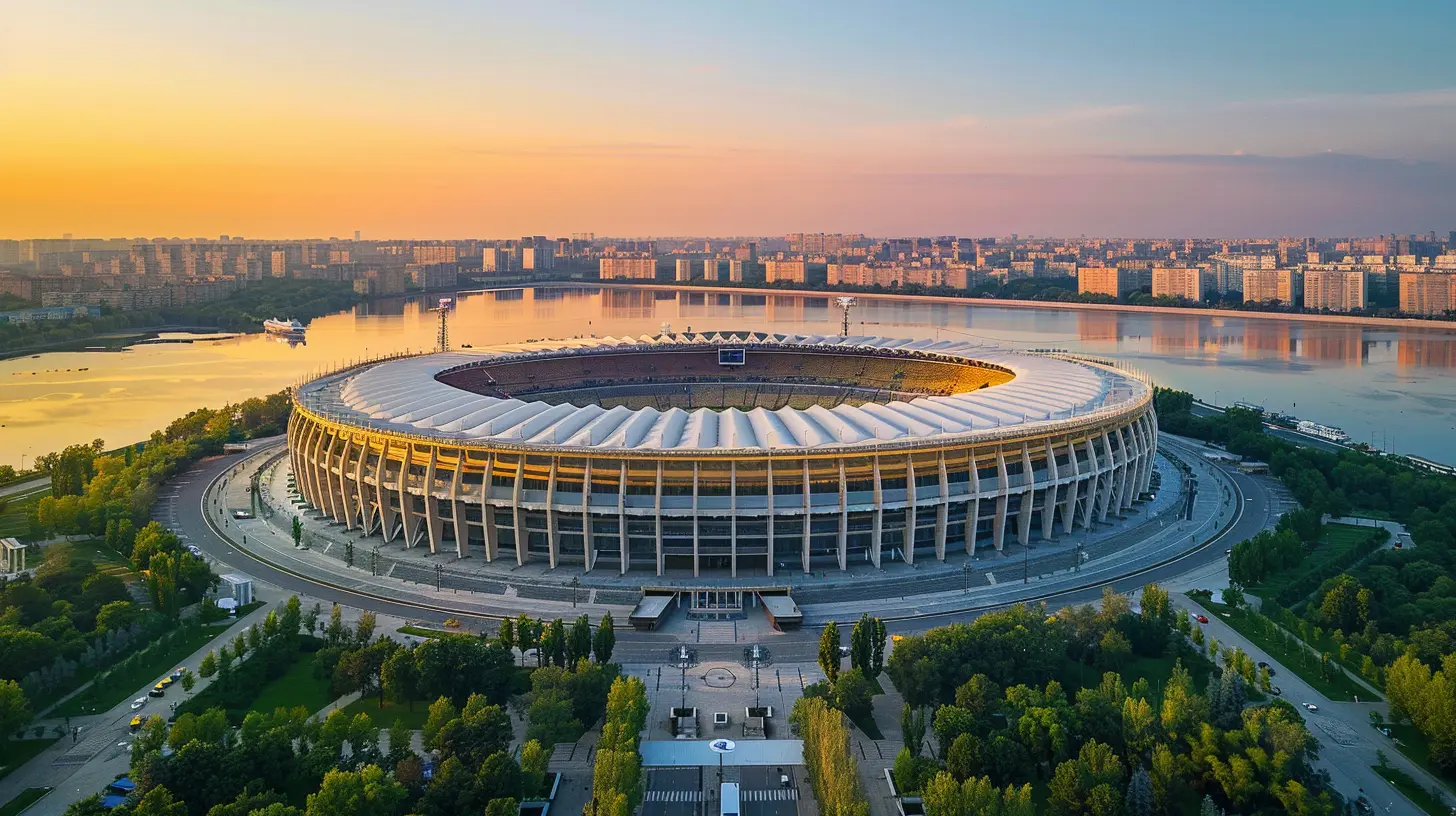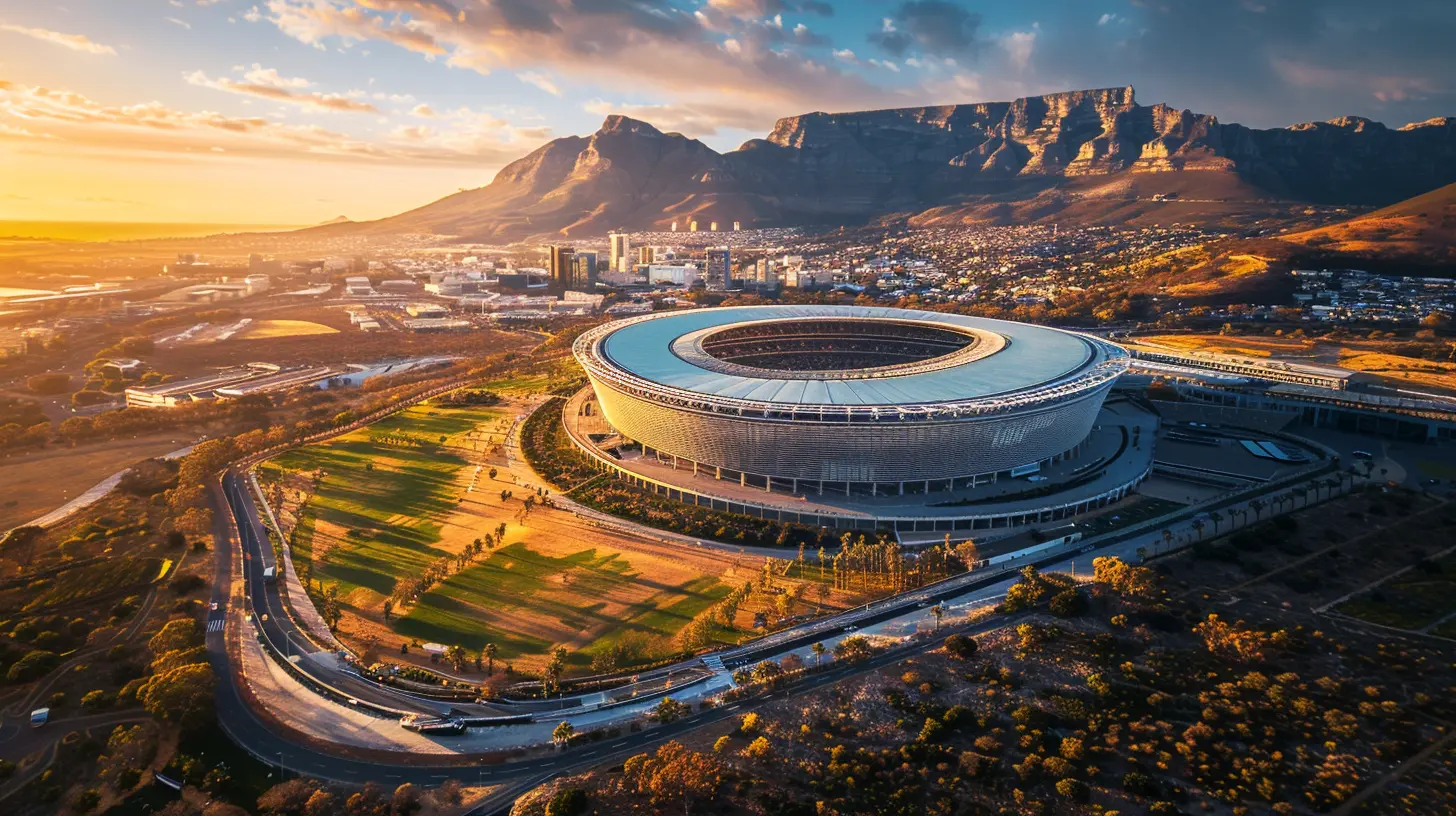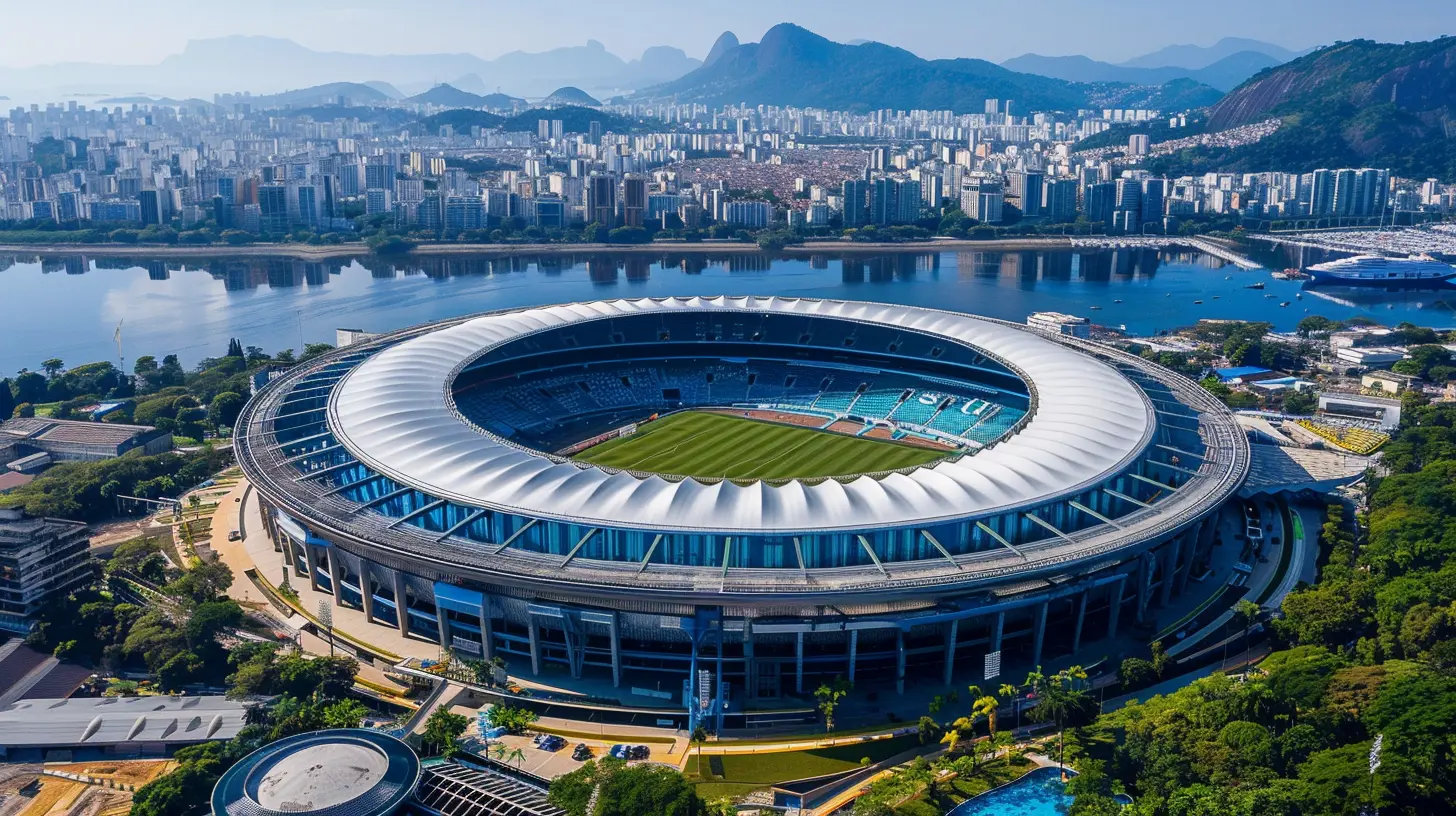World Cup Venues: How They Leave a Legacy Beyond the Tournament
19 August 2025
When we think about the World Cup—be it football (soccer), rugby, or cricket—we often picture the screaming fans, the unforgettable goals, and the electric atmosphere. But once the final whistle blows and the global spotlight shifts, there's something much bigger left behind: the stadiums and infrastructure.
These venues aren't just hollow relics of a global event. Nope. When done right, they create ripples—economic, social, cultural—that stretch far beyond the tournament. So let’s get real and break down how World Cup venues leave a legacy that towers long after the final match.

The Concrete Giants: More Than Just Stadiums
Let’s be honest—these venues are massive investments. We’re talking billions of dollars funneled into massive structures, cutting-edge technology, and urban planning. But if you think they fade into obscurity post-tournament, you're not seeing the full picture.Sure, some turn into ‘white elephants’ (Google that horror story on some Olympic venues), but others? They morph into community hubs, football academies, national sporting homes, cultural arenas, and business goldmines. It all depends on the vision, baby.

1. Economic Impact: Jobs, Tourism & Urban Uplift
Short-Term Boom, Long-Term Gains
Every host country gets a shot of financial adrenaline during the tournament—hotels are full, airlines are booked, and local businesses rake in cash. But it’s what happens after that really matters.World Cup venues often spark urban redevelopment, bringing new roads, public transit systems, and business districts. Think about what Barcelona did with the ‘92 Olympics—that city turned into a tourism magnet. World Cups do the same when crafted with foresight.
The Job Machine
Yeah, construction jobs are temporary, but once that stadium opens, you’ve got a whole workforce in operations, maintenance, events, security, food vendors—you name it. These venues often support an entire eco-system of employment.
2. Sporting Development: Breeding Future Legends
Let’s get one thing straight—sports isn’t just a game in most countries; it’s a lifeline. New stadiums and training facilities give rise to youth development programs, academies, and talent incubators.Case in Point: South Africa 2010
Remember South Africa hosting the FIFA World Cup in 2010? A lot of naysayers predicted doom, claiming the stadiums would rot. But guess what? Venues like Soccer City (now FNB Stadium) continue to host domestic football, concerts, and even political rallies. Plus, it inspired a generation of African kids to lace up boots and dream bigger.More kids on pitches means more potential superstars. That's not just legacy—that’s long-term investment in identity.

3. Cultural Transformation: Uniting A Nation
You wanna see a nation come together? Watch how people rally behind a World Cup, especially when it's at home. From fan zones to street parades, the entire country vibes differently.Legacy of Unity
In countries dealing with division—be it political, racial, or economic—the World Cup can heal wounds. When Senegal or Japan hosts a game, the stadium becomes a cauldron of pride and purpose. The shared experience becomes part of the nation’s narrative long after the final match.4. Infrastructure Upgrade: Cities Rebuilt
Let’s talk about legacy in steel and concrete: transportation, housing, airports, digital upgrades.Brazil 2014? A Mixed Bag
Did Brazil get it all right? Nope. Some stadiums became underused. But the boost in public transport systems and airport upgrades? That stuff's still paying off.When Qatar hosted in 2022, people expected ghost towns. Instead, we saw modular stadiums designed to be repurposed or dismantled. Talk about future-forward thinking.
5. Sustainability & Green Innovation
Here’s the deal—modern tournaments can’t afford to ignore climate change. These are massive carbon events. But that’s where the legacy steps in.Eco-Stadiums That Set the Bar
SoFi Stadium in the USA, Al Bayt in Qatar, and even Germany’s Allianz Arena have pushed the envelope with solar panels, rainwater harvesting, and zero-waste goals. These venues become benchmarks for other cities. It's not just a game—it’s an environmental movement.6. Hosting Future Events: The Snowball Effect
You know what’s cooler than one World Cup? More international events. Once a city proves it can host the world, doors open for future tournaments, concerts, summits, and mega-conventions.London’s Olympic Effect
London’s investment in venues like the Olympic Stadium didn’t end in 2012. That legacy led to hosting Rugby World Cups, Champions League games, even global tech summits.Hosting the World Cup isn't just a one-and-done. It's a permanent upgrade on a city's resume.
7. Social Programs & Community Use
Not every match needs 50,000 fans. Many stadiums go on to offer walk-in community events, free training sessions for kids, and school programs.Think about it. These are polished, safe, and high-tech environments that can double as education centers, community halls, and resilience hubs during emergencies.
Germany’s Community Integration
Post the 2006 World Cup, many German stadiums embraced local clubs and communities. The pitch that once saw national heroes now hosts Sunday league warriors and youth tournaments. That’s the heart of real legacy.8. Brand Value & National Prestige
You can’t put a price tag on global respect. Hosting a successful World Cup puts your nation on the map. It’s a power move. It says, “Hey world, we’ve arrived.”Soft Power 101
China, Qatar, and even Russia have invested heavily in the 'soft power' of sport. Hosting world tournaments gives them narrative control, media attention, and diplomatic leverage. It’s branding at a whole new level.
But—Let’s Not Ignore the Failures
Let’s keep it 100—some venues flop hard. Think white elephants in the middle of nowhere, local communities pushed aside, or massive debts left behind. Not every host nails the legacy part.The Warning Signs:
- Stadiums built without a post-tournament plan- Poor location planning
- No integration with local transport
- Lack of community involvement
Legacy isn't automatic. It needs vision, planning, and a dose of humility.
What Makes a Great World Cup Legacy?
Here’s the recipe—take notes:- Location matters: Central, accessible, and well-connected
- Multi-functionality: Stadiums should host more than just sport
- Sustainability: Green from the ground up
- Community-first design: Built for people, not politicians
- Post-game plans: Know exactly how you'll use it on Day 1 after the final
If a country nails all five, they've done more than host—they’ve built a future.
Final Thoughts: Legacy Is the Real Trophy
Let’s cut the fluff—winning the World Cup is huge, but building a legacy that lasts for decades? That’s immortal.The cheers fade, the jerseys get washed and folded, and the players move on. But if the stadium becomes a home for future stars, if that new transit line changes lives, if the venue hosts concerts, community events, and youth games for years—that’s when you know the host nation didn’t just join the party. They made history.
So next time you see a massive stadium lighting up during a World Cup, ask yourself—what will this place be tomorrow?
Because the real match? It starts the day after the final.
all images in this post were generated using AI tools
Category:
StadiumsAuthor:

Umberto Flores
Discussion
rate this article
1 comments
Quincy Carrillo
Exploring World Cup venues reveals their lasting impact on communities. These structures often inspire local pride, boost tourism, and promote sports development, ensuring their legacy extends far beyond the tournament itself.
September 24, 2025 at 4:55 AM

Umberto Flores
Absolutely! World Cup venues serve as catalysts for community pride, tourism, and sports development, creating a legacy that enriches local cultures long after the final match.


